392 Hemi–Powered 1941 Willys Coupe With 8-71 Blower Is A Dream Muscle Car.
It’s no easy task, building a car from scratch. The sheer amount of designing, measuring, cutting and fabricating, combined with the plumbing and wiring is just too big of an undertaking for most. Brett Hankins however, isn’t most folks, and his hot rod isn’t just some car. It’s the world’s only road-legal and titled all-aluminum 1941 Willys. This street bruiser was the dream of one man and took more than four years to accomplish. For Brett, the idea was to construct something never before seen while still keeping the concept of the road-going race car alive for future generations to understand and appreciate.
“When I saw a chance to own a 1941 Willys that was all aluminum, I couldn’t pass it up. In fact, I sold a Mercedes-Benz and borrowed the rest of the money needed to buy a bare shell. It’s always been my dream car, and being aluminum, it was a once-in-a-lifetime opportunity, as there’s not another on the planet that has been completed,” Brett says.
Visually, the Willys is stunning. Striations in the bare aluminum mean that one’s eyes are continually searching for patterns. It’s a mlange of silvers and grays, and when combined with the black chrome treatment on the grille, mirrors, and headlamps, the car feels as though it should live only in the shadows. And then there’s the HEMI. That 392ci, blown and injected HEMI pumps out an estimated 700 bhp and 850 lb-ft of torque through a pipe organ of hand-fabricated zoomies.
It’s safe to say that Brett knows his way around high horsepower drag machines due to the experiences he had growing up at the racetrack. “I’ve raced cars my entire life. My father, Bob Hankins, was the owner/driver of the Blue Blazer AA/FA in Southern California in the 1960s, so I grew up with my older brother Steve holding my hand and walking me around the pits. Growing up, I drove our family’s AA/Fuel Altered to the tune of 221 mph in 6 seconds,” Brett says.
Once Brett procured the shell, he got a Chris Alston 7456 Eliminator II 4-link tube chassis, which he and his father then customized. By fitting modified bottom frame rails, and tweaking the chassis for correct body and engine fitment, the Willys was now capable of carrying two passengers. Achieving the car’s aggressive stance was accomplished by using a Chris Alston Pinto-style rack and pinion with tubular upper A-arms along with Alston spindles. There are 450 in-lb pound VariSprings on double-adjustable VariShocks up front, while out back, you’ll find an Alston 4-link with 1-inch sway bar, and 180 in-lb springs on double-adjustable VariShocks.
What about the engine? That is entirely Brett’s creation. The 392 block is cast iron and runs a big Rudy Petra 8-71 supercharger with Hillborn mechanical four-port injection. The cylinder heads are the fabled 331 HEMI heads from 1954-1955 that are reportedly the best-flowing early HEMI heads ever. Brett explains, “All the old Top Fuel guys ran these heads. Mine were ported by GOODE when I got them, but I also did some additional work. I opened up the oiling holes and pushrod holes to accommodate higher lift valve train geometry. These heads are also O-ringed, so I made special stainless o-rings from material I bought at a NAPA store and SCE gasket that works specifically with O-ringed heads. So I’ve learned old HEMIs by trial and error and running them in the race car.”
With the body and driveline complete, the next issue Brett faced was how to get all that power to the ground. A set of Weld Racing V Series wheels (17×4.5-inch front/15 x15-inch rear) wrapped in sticky Mickey Thompson radials ensures that the 2,100-pound beastie stays planted while on the gas, while forged Wilwood Dynalite calipers on 12-inch slotted rotors help the Willys to cease motion without drama.
Like the exterior, the interior is also bare aluminum, and contains only six gauges, a few toggle switches, and a key. It’s a minimalist’s dream. Constructed by Street Rods and Classics of Sonora, California, the dash utilizes custom gauges from Classic Instruments, as well as Ron Francis Wiring that Brett personally installed. The seats? Those are from Tenzo Racing and look to be only marginally comfortable. However, as the Willys wasn’t built for long voyages, the liberal use of padding and upholstery would have just been wasted.
Standing back and looking at this car is an exercise in eyeball control. It checks all the right visual boxes, while at the same time, leaving room for one’s imagination to wander and explore. It’s a view into an automotive past that many have never before seen, and for those who still embrace it, the Willys represents the staying power and essence of hot rodding. This car is a gem: an all-aluminum monument to perseverance and passion.

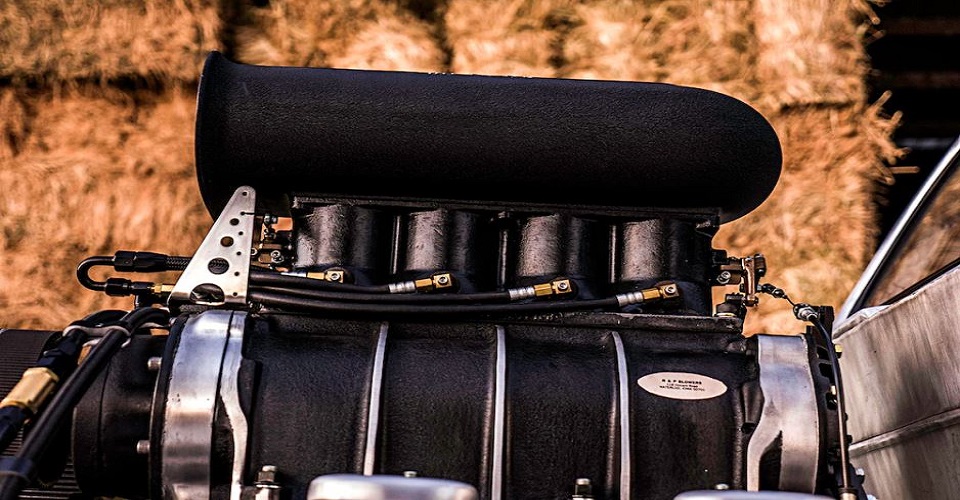

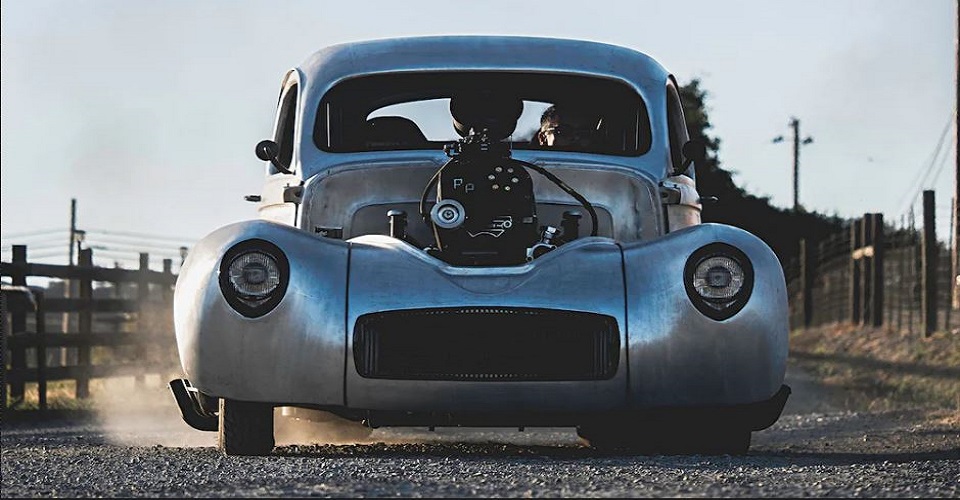


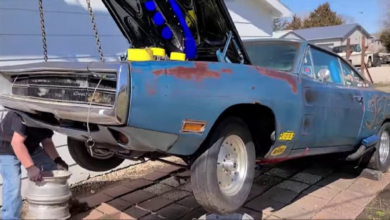
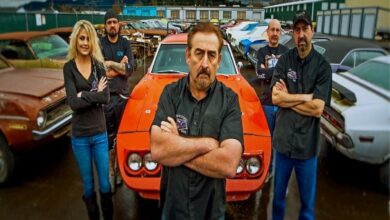
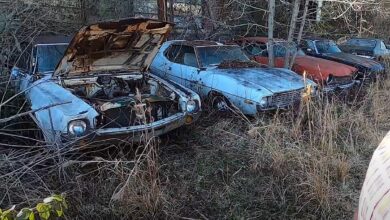

Right on my man!